Disclosure: This article contains affiliate links. We may earn a commission from purchases at no extra cost to you, which helps our travel content.
The first thing that strikes you about Byblos isn't the ancient stone—though there's plenty of that—it's the pulse. Standing on the harbor as fishing boats rock gently against weathered docks, you can feel the steady rhythm of a place that's been breathing for over 7,000 years. As an EMT, I'm trained to find pulses in crisis, but here in Lebanon's oldest continuously inhabited city, the pulse finds you. My journey to Byblos began with a food blog recommendation about traditional Lebanese street food, but quickly evolved into something far more profound—a week-long immersion into a place where history isn't cordoned off behind museum glass but lives in every cobblestone, spice mixture, and conversation. Drawing on my Mi'kmaq grandmother's teachings about how places hold memory, I found Byblos to be a living textbook of human resilience and cultural preservation that offers couples a rare opportunity to connect not just with each other, but with the very foundations of civilization.
Navigating 7,000 Years in a Single Afternoon
The Byblos archaeological site hits differently than most ancient ruins I've explored. Unlike the carefully manicured archaeological parks of Europe or the cordoned-off complexities of Machu Picchu, Byblos presents its timeline in layers that seem to collapse into one another—Neolithic dwellings, Bronze Age temples, Persian fortifications, Roman columns, Byzantine churches, and Crusader castles all occupying the same visual field.
On my second day, I joined a small group tour led by Karim, a local archaeologist whose family has lived in Byblos for generations. 'This isn't just Lebanon's history,' he explained as we stood inside the 12th-century Crusader Castle, 'it's human history.' He wasn't exaggerating—the Phoenician alphabet developed here eventually evolved into the very letters you're reading now.
The most profound moment came at sunset when the limestone structures turned golden, and the Mediterranean stretched endlessly blue beyond the ruins. As an EMT, I've learned to read the story a body tells through its scars and rhythms. Similarly, Byblos reveals its narrative through architectural wounds and cultural resilience.
I'd recommend capturing these moments with a quality camera rather than just your phone. My mirrorless camera allowed me to document the intricate play of light on ancient stones during the magical golden hour, preserving details that my smartphone simply couldn't capture.
What struck me most was how the archaeological site isn't separate from daily life—it's integrated into it. Children play soccer in the shadow of Roman columns, locals take shortcuts through ancient pathways, and cats nap on Phoenician stone blocks. This living relationship with history reminds me of how my Mi'kmaq elders view sacred spaces—not as museums, but as continuing conversations between past and present.

💡 Pro Tips
- Visit the archaeological site in late afternoon when the crowds thin and the light turns magical
- Hire a local guide through the Byblos Tour Guides Association for deeper historical context
- Wear sturdy shoes—the ancient stones are uneven and can be slippery
The Healing Power of Lebanese Cuisine
In my years as an EMT, I've witnessed the profound connection between food and healing. The Lebanese approach to cuisine embodies this relationship perfectly—it's medicine disguised as a feast. Byblos offers an extraordinary opportunity to experience this firsthand, from harbor-side restaurants to family-run establishments tucked away in the old souk.
At Bab El Mina, a modest restaurant overlooking fishing boats, I watched as the owner's mother hand-rolled grape leaves with the precision of a surgeon. 'The stuffing has seven spices,' she told me through her grandson's translation. 'Each one serves a purpose for the body.' This wasn't marketing—it was ancestral knowledge passed through generations.
The mezze culture here—small plates designed for sharing—creates natural moments of connection. For couples traveling together, there's something deeply intimate about breaking bread (specifically, the warm, pillowy Lebanese flatbread) and sharing dishes that engage all senses. The ritual reminded me of Mi'kmaq communal eating traditions, where food is both nourishment and storytelling medium.
One evening, I joined a cooking class at Beit El Qamar, where Chef Mariam taught six of us to prepare tabbouleh with precise proportions of parsley, bulgur, and mint. 'The green in this dish,' she explained, crushing herbs between her fingers so we could inhale their aroma, 'is life itself.' She wasn't being poetic—the chlorophyll and antioxidants in these herbs are indeed life-sustaining.
For those looking to recreate these flavors at home, I recommend picking up a Lebanese cookbook. It's become my kitchen bible since returning home, helping me maintain a connection to the healing traditions I experienced in Byblos.
Don't miss the opportunity to visit the morning fish market by the harbor, where the day's catch is auctioned in a centuries-old tradition. Even if you're staying somewhere without cooking facilities, the sensory experience alone is worth the early wake-up call.
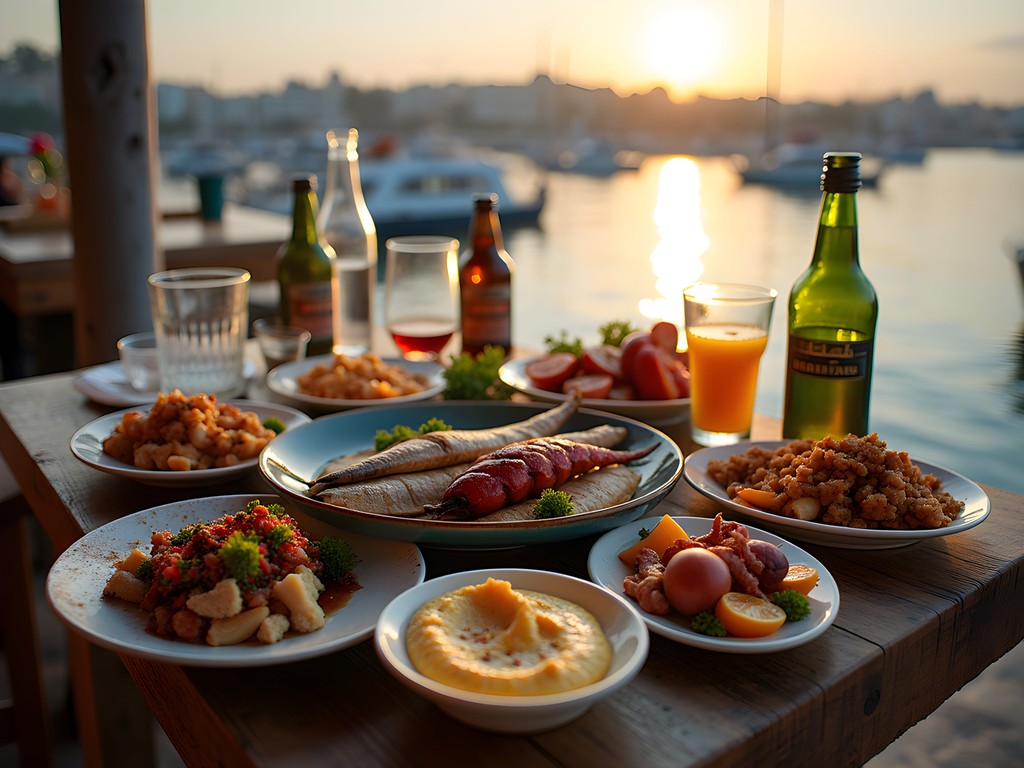
💡 Pro Tips
- Book a cooking class at least 2 days in advance through your hotel or the tourist office
- Visit restaurants between 2-4pm for a more intimate experience with owners who often have time to share stories
- Ask for the 'baytna' (homestyle) version of dishes for more authentic preparations
Sacred Geometry: Where Ancient Wisdom Meets Modern Healing
My fascination with sacred geometry—the mathematical patterns that recur throughout nature and human design—found rich material in Byblos. The city's architectural evolution reveals how different civilizations incorporated these universal patterns into their sacred spaces, often building directly atop previous structures while maintaining key geometric alignments.
The Temple of the Obelisks, dating to around 1900 BCE, contains stone markers positioned in patterns that align with celestial events. When I visited at spring equinox, I witnessed how the morning light created specific shadows that local guides say would have marked planting seasons for ancient inhabitants.
What fascinates me as someone with both medical training and indigenous heritage is how these geometric principles weren't merely decorative—they were functional tools for community wellness. The positioning of sacred sites, the flow of water systems, and even the layout of ancient housing all followed patterns that we now understand have measurable effects on human psychology and physiology.
For those interested in exploring these connections, I recommend bringing a travel journal to sketch patterns you observe and note your responses to different spaces. I filled nearly half my journal with observations about how different architectural spaces affected my breathing, heart rate, and mental state.
Don't miss St. John the Baptist Church, built by Crusaders in the 12th century, which sits directly atop the remains of a Roman temple, which itself was built over a Bronze Age sacred site. This palimpsest of sacred spaces demonstrates how geometric principles transcend specific religious traditions.
One afternoon, I sat sketching the recurring patterns in the stone carvings when an elderly local woman named Samira joined me. Through a mix of broken English and my embarrassingly basic Arabic, she explained how her grandmother taught her to use similar patterns in traditional embroidery—patterns believed to offer protection and healing. The conversation bridged our cultural differences and reminded me how universal these geometric languages truly are.
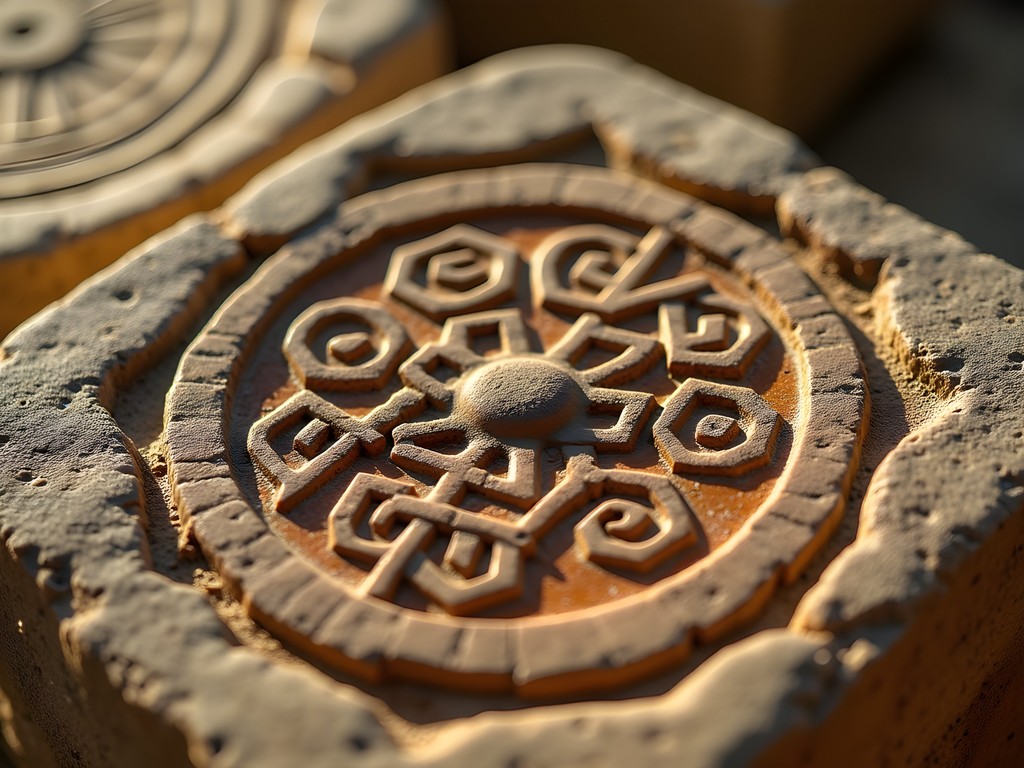
💡 Pro Tips
- Visit sacred sites early morning or late afternoon when the light creates dramatic shadows that highlight architectural details
- Download a star-mapping app to understand celestial alignments with ancient structures
- Join the Thursday walking tour that specifically focuses on architectural evolution across civilizations
The Souk: Where Ancient Trade Routes Still Breathe
Byblos' medieval souk isn't just a marketplace—it's a living artifact of the city's role as a crucial Mediterranean trading hub. Unlike the more famous but often overwhelming souks of Marrakech or Istanbul, Byblos offers a more intimate experience where genuine connections with local artisans are still possible.
The restored limestone pathways wind through Ottoman-era buildings, creating a labyrinth that somehow manages to feel both disorienting and deeply familiar. Perhaps this is because markets like this represent one of humanity's oldest continuous traditions—the gathering of people to exchange goods, stories, and cultural knowledge.
As someone whose emergency medical work often involves rapid assessments of unfamiliar environments, I found myself instinctively mapping the souk's flow—noting how certain corners create natural gathering spaces where elders sit playing backgammon, while other pathways funnel visitors toward key shops or food stalls.
The soap makers particularly captured my attention. Lebanon has a rich tradition of natural soap production dating back to the Phoenicians. At Beit el Saboun (House of Soap), I watched as the owner demonstrated techniques passed down through eight generations of his family. The olive oil-based soaps incorporate local herbs with medicinal properties—many of which have parallels in the healing traditions my Mi'kmaq grandmother taught me.
For those looking to bring home meaningful souvenirs, I recommend a travel daypack with enough expandable space for purchases. Mine proved essential as I collected handcrafted items throughout the week—from cedar wood carvings (Byblos gave its name to the Bible due to ancient papyrus scrolls made from local materials) to traditional blue glass evil eye amulets.
One of my most treasured purchases came from an elderly woman selling hand-embroidered textiles from a tiny shop no bigger than a closet. When I admired her intricate geometric patterns, she insisted on teaching me several stitches, our hands working side by side despite our lack of shared language. This kind of authentic exchange is increasingly rare in more commercialized destinations.

💡 Pro Tips
- Visit the souk on weekday mornings when locals do their shopping for a more authentic experience
- Look for shops with artisans actively working—they're usually more interested in sharing their craft than making a quick sale
- Learn basic Arabic greetings and shopping phrases—even minimal effort opens doors to more meaningful interactions
Healing Waters: The Mediterranean Connection
The Mediterranean isn't just a backdrop in Byblos—it's a central character in the city's story. As one of the oldest ports in the world, Byblos has maintained an intimate relationship with these waters for millennia. This connection manifests today in everything from the local cuisine to wellness traditions that incorporate sea elements.
One morning, I joined a group of local women who gather at a small, protected cove just north of the main beach for an informal sea ritual that blends elements of various traditions. Some were clearly performing religious ablutions, while others approached the water with more secular appreciation, but all shared a reverence for the Mediterranean's restorative properties.
A woman named Leila, who spoke excellent English, explained that her family has used seawater remedies for generations. 'For respiratory problems, skin conditions, even emotional healing—the sea provides,' she told me as we waded into the cool morning waters. As an EMT, I've seen plenty of evidence supporting the physiological benefits of salt water therapy, but there was something particularly moving about experiencing these practices in their cultural context.
For couples looking to incorporate this healing element into their Byblos experience, I recommend the sunset kayaking tours that launch from the harbor. Our guide, Fadi, took us along the coast to view the archaeological site from the water—a perspective that helps you understand how the city's relationship with the Mediterranean shaped its development across millennia.
After paddling, we enjoyed a seaside dinner at Byblos Sur Mer, where the catch-of-the-day is presented whole before being prepared according to your preference. The connection between sea, sustenance, and community is palpable here.
During my stay, I used a waterproof phone case that allowed me to capture underwater scenes and protected my phone during water activities. It proved invaluable when an unexpected wave crashed over our kayak, soaking everything but keeping my electronics safe.
Don't miss the opportunity to experience the hammam (traditional bathhouse) in the old city, where Mediterranean wellness traditions incorporate seawater and local herbs into treatments that have remained largely unchanged for centuries.
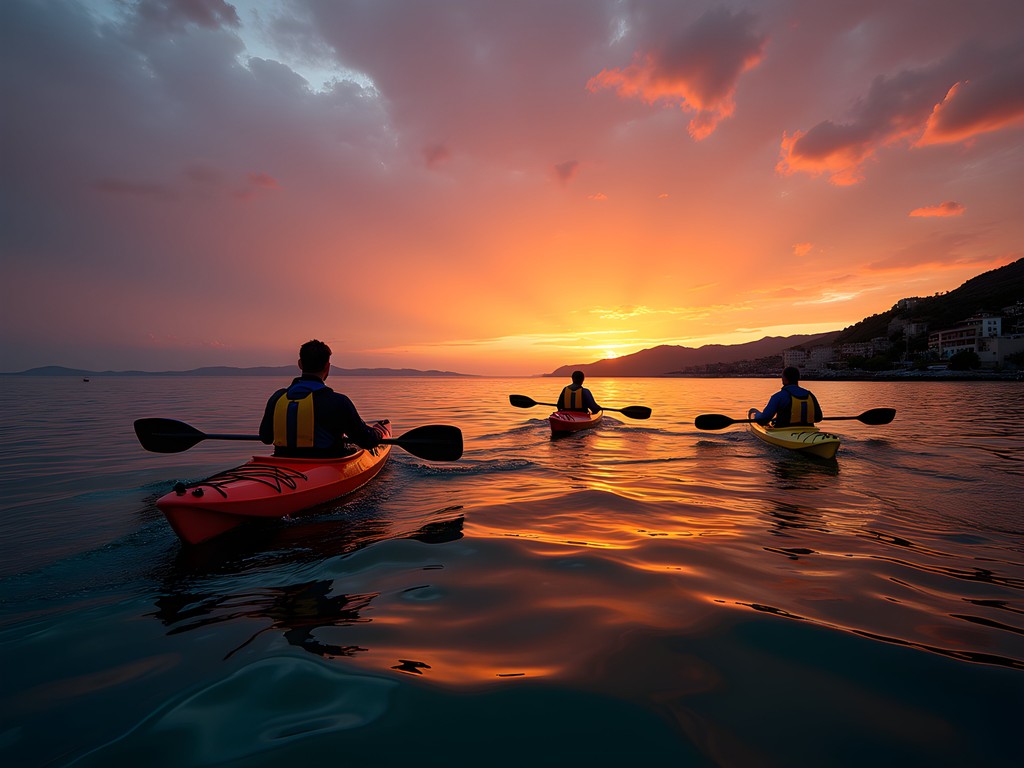
💡 Pro Tips
- Book water activities 1-2 days in advance during spring as availability can be limited
- Visit the public beaches early (before 9am) for a more peaceful experience with locals
- Bring water shoes for the rocky shoreline—most beaches here aren't sandy
Final Thoughts
As I sat on my final evening in Byblos, watching fishing boats return to a harbor that has welcomed vessels for seven millennia, I found myself thinking about resilience. This city has survived conquests, natural disasters, and modern conflicts, yet continues to pulse with life and culture. For couples seeking more than a typical vacation—those looking to connect with each other through shared discovery—Byblos offers a rare gift: perspective. Walking these ancient streets reminds us that our individual stories are threads in a much larger tapestry of human experience. The healing I found here wasn't just in the Mediterranean waters or traditional foods, but in witnessing how cultural knowledge persists and adapts across time. Like the emergency medicine I practice, Byblos teaches us that preservation and innovation aren't opposing forces but complementary ones. If you're seeking a journey that nourishes both body and spirit, this ancient Lebanese port awaits with open arms and stories that will resonate long after you've returned home.
✨ Key Takeaways
- Byblos offers couples a unique opportunity to connect through shared discovery of living history
- Lebanese culinary traditions provide both nourishment and insight into ancient healing practices
- The intersection of different cultural influences creates a uniquely accessible archaeological experience
- Water-based activities provide both recreation and connection to the city's maritime heritage
📋 Practical Information
Best Time to Visit
April-June and September-October
Budget Estimate
$80-150 USD per day per person
Recommended Duration
5-7 days
Difficulty Level
Easy
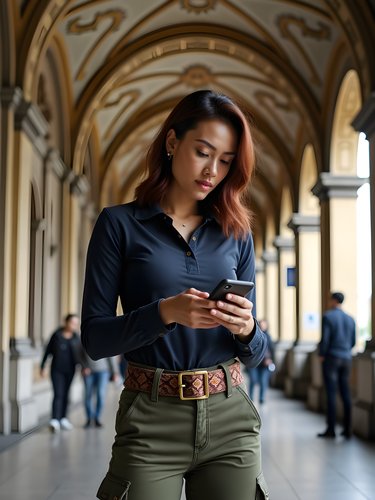
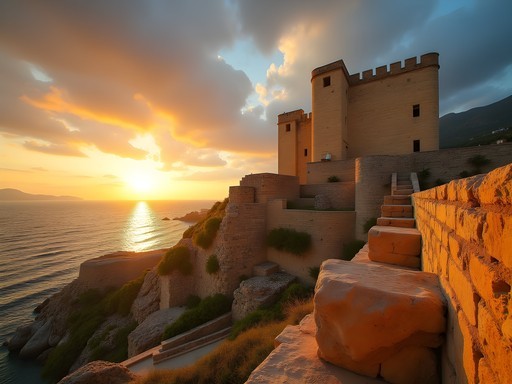
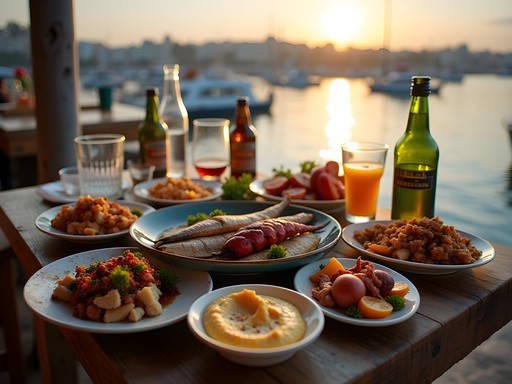
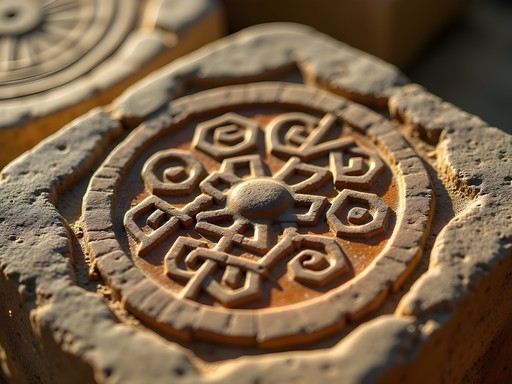
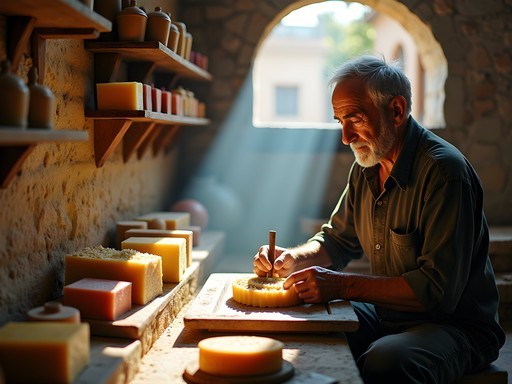
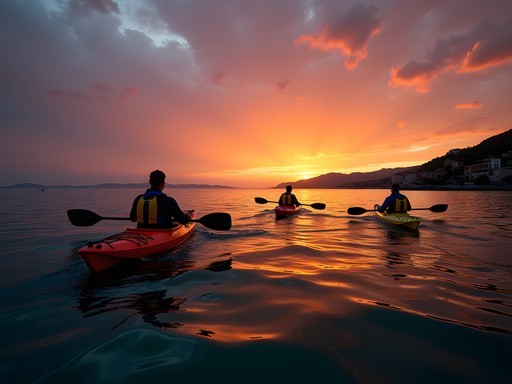


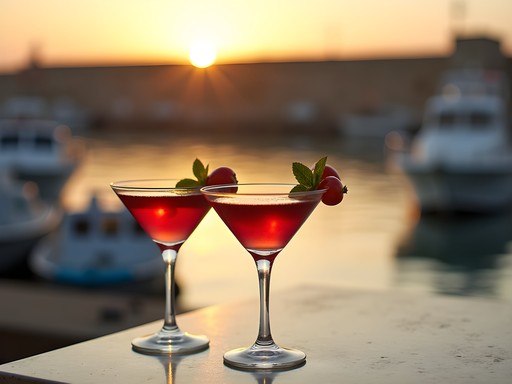







Comments
backpackchamp
Just booked my tickets to Lebanon after reading this! Can't wait to explore Byblos in April.
citywanderer
Lucky you! Share your experiences when you get back!
islandfan
Your photos capture the magic of Byblos perfectly! Those sunset colors over the harbor are exactly how I remember it.
winterguy
The section on Lebanese cuisine has me drooling! Any specific dishes or restaurants in Byblos you'd recommend?
Timothy Jenkins
Not Sage, but having visited Byblos three times for my cultural research, I'd highly recommend Feniqia Byblos for authentic mezze with a view of the harbor. Their tabbouleh and kibbeh nayeh (raw lamb with bulgur) are exceptional. For a more casual experience, try the manoushe (Lebanese flatbread) from any of the small bakeries in the old souk - eaten fresh in the morning, it's divine. The seafood restaurants along the harbor serve the day's catch grilled simply with lemon and herbs - can't go wrong there.
Jose McDonald
Duuude! Your post took me right back to my Byblos adventure last spring! That harbor view is EVERYTHING! I spent hours just watching those fishing boats come in while sipping Arabic coffee. Did you try the seafood at Bab El Mina? Their grilled fish literally changed my life! And the Crusader Castle at sunset? EPIC photo ops! I actually filmed a whole segment for my YouTube channel there. Hands down one of the most underrated destinations in the Middle East. Can't wait to go back!
exploreking
How did you get from Beirut to Byblos? Is it easy without a car?
islandfan
Not the author but I took a shared van (called servees) from Beirut when I went last year. Super cheap and efficient!
Sage Dixon
Exactly what @islandfan said! The shared taxis/vans run frequently along the coastal route. Just ask for 'Jbeil' (the Arabic name for Byblos) and it's about $2-3 for the ride. There are also buses but the servees are more convenient.
citywanderer
This looks amazing! How safe did you feel traveling around Lebanon as a solo traveler? I've been wanting to visit Byblos for ages but keep hearing mixed things about safety.
Sage Dixon
I felt quite safe throughout my stay in Lebanon, especially in Byblos which has a relaxed atmosphere. Like anywhere, just use common sense - I avoided discussing politics and stayed aware of my surroundings. The locals were incredibly welcoming and protective of tourists!
citywanderer
That's really reassuring, thanks! Adding it to my 2026 plans for sure.
Taylor Moreau
Excellent cultural analysis of Byblos, Sage. I was there last spring on a business trip and managed to extend my stay for some personal exploration. Your observations about the juxtaposition of ancient and modern are spot-on. I found the Crusader Castle particularly fascinating - the layers of history visible in a single structure tell such a compelling story about the region. For those planning to visit, I'd recommend hiring a local guide for at least one day - the context they provide transforms the experience from simply seeing old stones to understanding their significance. I used Lebanon Explorers and found their expertise invaluable. Also worth noting that the restaurants along the harbor, while slightly more expensive, offer an ambiance that's well worth the premium.
Sage Dixon
Thanks for the thoughtful addition, Taylor! Completely agree about hiring a local guide - the layers of history are so complex that having that expertise makes all the difference. And yes, those harbor restaurants are magical, especially at sunset!
globebackpacker
Just booked my trip for next spring! Thanks for all the tips everyone! So excited to experience those ancient vibes and ALL the food!
beachgal
Those harbor photos are stunning! How many days would you recommend staying?
Sage Dixon
I'd say 2-3 days is perfect for Byblos itself, but you might want to use it as a base for day trips along the coast too!
beachgal
Perfect, thanks!
globebackpacker
OMG this post is giving me life!!! I've been dreaming about visiting Lebanon for years and Byblos just shot to the top of my bucket list! That part about the harbor that's welcomed ships for SEVEN THOUSAND years blew my mind. Did you feel safe traveling solo there? And please tell me more about that Lebanese cuisine section - what was your absolute favorite dish? I'm literally planning my trip as we speak!
Sage Dixon
Absolutely felt safe as a solo traveler! The locals were incredibly welcoming. As for food, don't miss the mezze - especially the fresh tabbouleh and kibbeh nayeh (raw lamb with bulgur). And the seafood right on the harbor is incredible - so fresh!
globebackpacker
Thanks so much for the tips! Adding those dishes to my must-try list! 🙌
Haley Hamilton
Sage, your post really captures the layered history of Byblos! When I backpacked through Lebanon, I ended up extending my stay in Byblos from 2 to 5 days because I couldn't tear myself away. For anyone planning a visit - don't miss the little paper making workshop near the souk where they still use traditional methods. The owner showed me how the Phoenicians (who invented the alphabet!) created writing surfaces. Also, try to time your visit for the Byblos International Festival if possible - watching contemporary music performed against those ancient stone walls was a surreal experience. One tip: the archaeological site gets HOT midday, so go early morning or late afternoon and bring plenty of water.
Venture X
Premium card with 2X miles, $300 travel credit, Priority Pass